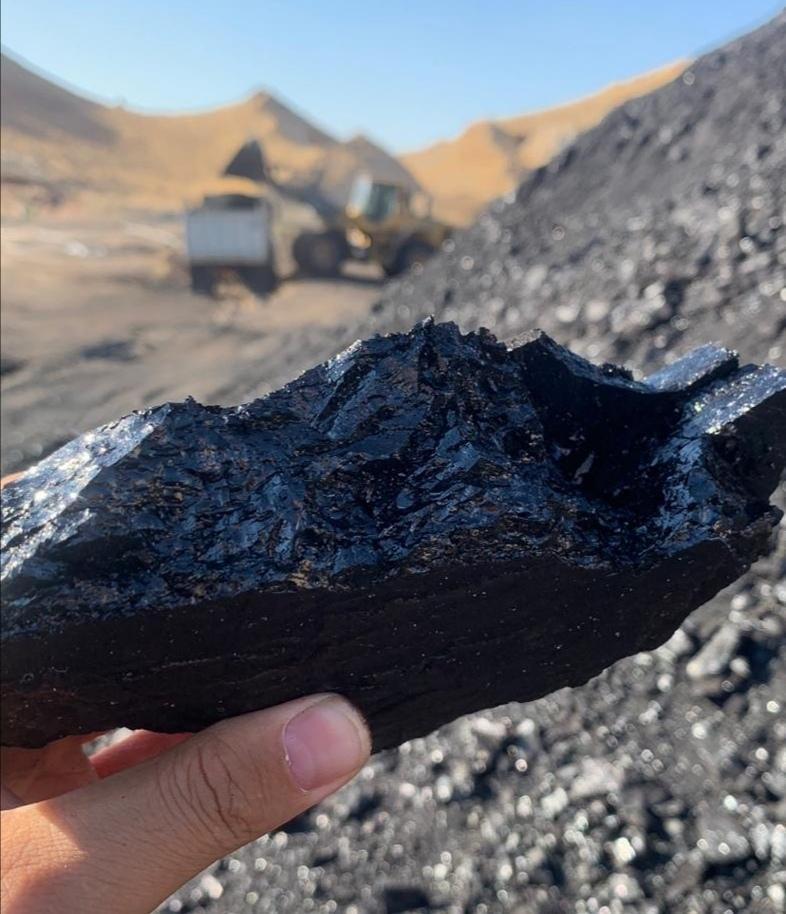
Gilsonite in chemical ,Gilsonite’s unique combination of properties and its long history of successful applications solidify its position as a valuable resource in the chemical industry. Its versatility, sustainability, and non-toxic nature make it an attractive choice for various product formulations, contributing to the development of safe, reliable, and long-lasting solutions across diverse sectors.
Description of Gilsonite in Chemical
Gilsonite’s unique blend of adhesive, waterproofing, and binding properties shines in a kaleidoscope of chemical products. It acts as a binder and mixing agent in steel desulfurization, removing unwanted sulfur. Its exceptional adhesion and waterproofing prowess shield structures like pipes and bridges from water’s wrath. Imagine brakes that work like a charm – Gilsonite binds brake linings and clutch pads for reliable performance. And that’s not all! From industrial adhesives to eco-friendly building materials, Gilsonite’s potential in the chemical world is as diverse and vibrant as its history. This natural wonder is truly a versatile gem, adding value and innovation to a countless array of chemical products.
Gilsonite, also known as uintaite, is a naturally occurring hydrocarbon resin that is primarily composed of carbon and hydrogen. It is classified as a bitumen or asphaltite, and is often used in various industrial applications due to its unique chemical properties. Some common uses of Gilsonite in the chemical industry include:
- Additive in adhesives and sealants: Gilsonite can be added to adhesives and sealants to enhance their bonding strength and improve their resistance to water and chemicals.
- Asphalt binder modifier: Gilsonite can be used as a modifier in asphalt binders to improve the durability and performance of asphalt pavements.
- Ink and paint manufacturing: Gilsonite is used as a pigment extender in ink and paint formulations, providing color stability and gloss enhancement.
- Foundry sand additive: Gilsonite can be added to foundry sand to improve its properties, such as mold strength and thermal conductivity.
- Carbon black production: Gilsonite can be used as a feedstock for the production of carbon black, a versatile material used in various applications including rubber manufacturing, plastics, and coatings.
Historical Background of Gilsonite in chemical
The story of Gilsonite’s journey in the chemical industry traces back to the rugged American frontier of 1867. Prospector Samuel H. Gilson, initially mistaking it for coal, stumbled upon this unique hydrocarbon in Utah. Its early days saw it adorning paints, varnishes, and printing inks, its adhesive and waterproofing properties finding their first admirers.
However, the 20th century truly witnessed Gilsonite’s ascent in the chemical realm. Its potential as a binding agent in steel desulfurization, aiding the removal of sulfur impurities, solidified its place in industrial processes. Soon, its exceptional adhesion found favor in waterproof coatings, protecting structures from the elements. Brakes gained improved performance and durability through Gilsonite’s binding abilities in brake linings and clutch pads.
Significance in the Gilsonite in Chemical Industry
Gilsonite’s unique properties offer several advantages over other materials used in chemical products:
- Natural and non-toxic: Unlike some synthetic materials, Gilsonite is a naturally occurring substance and is not considered toxic or carcinogenic.
- High purity and consistent composition: Gilsonite has a remarkably consistent chemical composition, making it a reliable and predictable ingredient in chemical formulations.
- Excellent adhesion and waterproofing: Gilsonite’s strong adhesion and ability to repel water make it ideal for bonding and protecting surfaces in various applications.
- Versatility: Gilsonite can be modified and blended with other materials to create products with specific properties tailored to different needs.
These advantages have secured Gilsonite’s place as a valuable raw material in the chemical industry. It continues to be used in a wide range of products, from steel and concrete to roofing materials and printing inks.
Properties and Characteristics of Gilsonite in Chemical
Gilsonite isn’t just any rock; it’s a naturally occurring solid hydrocarbon, boasting a unique set of properties that make it a shining star in the world of chemical products. Let’s delve into its physical and chemical makeup, exploring the distinct characteristics that unlock its exceptional versatility in various applications.
Physical Properties of Gilsonite in Chemical:
- Appearance: Imagine obsidian reborn – Gilsonite is black, shiny, and brittle, easily crushed into a fine, dark brown powder.
- Melting Point: This natural marvel transforms 160 and 220°C, transitioning from a solid to a viscous liquid.
- Solubility: Unlike most rocks, Gilsonite readily dissolves in organic solvents, making it incredibly versatile for blending and formulating chemical products.
- Heat Transfer: This champion conductor efficiently transfers heat, making it valuable in applications involving temperature control and energy efficiency.
Chemical Composition of Gilsonite in Chemical:
- Asphaltene Rich: Gilsonite boasts a high concentration (up to 85%) of asphaltenes, complex molecules that contribute to its adhesive and waterproofing properties.
- High Nitrogen Content: Compared to other similar materials, Gilsonite’s nitrogen content is remarkably high, further enhancing its bonding and performance capabilities.
- Hydrocarbon Symphony: A complex orchestra of hydrocarbons plays within Gilsonite, including saturates, aromatics, resins, and asphaltenes, each contributing to its unique properties.
- Low Sulfur: Unlike many fossil fuels, Gilsonite is naturally low in sulfur, making it a cleaner and more environmentally friendly choice for certain applications.

